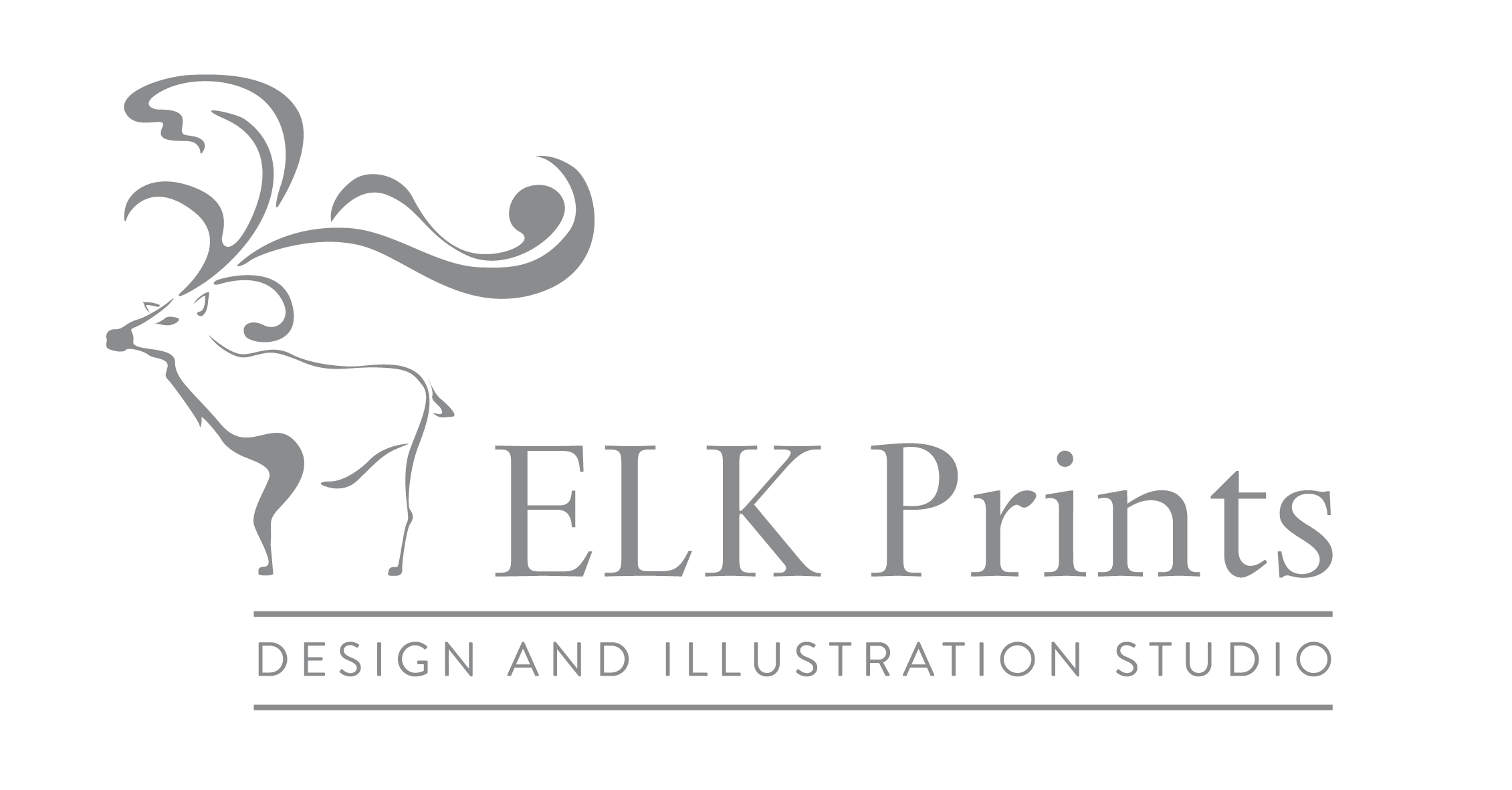8.1 Ways forward in Representation

“So, there is a world of new challenges for designers. To leave the well-trodden paths, to explore new lines of thought and insights and to express them in surprising new forms of urban life and architecture.” (Florian 2002; p.28)
So how can designers reconsider their approach to producing memento style objects inspired from the city. They could look at the various elements that constitute the city – its architecture, its spatial layout, the history that it contains. Not just the structures of the city but also the spaces in between, the patterns of city streets, the scratches and marks that history leaves. Or they could look at what the city represents, it’s symbolic value or the ways in which it is promoted and represents the culture of the people who live there.
The experience of occupying a city is an essential aspect to understanding the city and through a Narrative Inquiry designers would be able to identify elements of the city that may not be obvious but are still significant to people. The designer could also employ an Ekphrastic study to engage with the images that a city evokes and draw inspiration directly from the city to create a rich artistic vision of Sydney. The designer should also consider the textures of a city, those small details that are only appreciated on an intimate scale of actually being present in a city. All of these aspects offer suggestions to designers looking to draw inspiration from the city and to help improve representations of Sydney within the tourist market.
Considering the impact tourism has on the identity of a city and definition of the city, then it is of crucial importance that the representations we portray express the breadth of different ways people engage with the city. Whilst the options for representation are limitless and everyone’s experiences are different, more attention needs to be paid to how images of Sydney are constructed.
Sydney as a city certainly contains so many interesting qualities that further exploration would complement any existing Australian or Iconic representations. The Designer’s challenge now is to look at these aspects and translate these into unique objects that are rich with understanding of how we experience cities and offer something different to the clichés.
This paper has laid out a framework for designers to consult when developing objects aimed at the tourist market. For example this could be manifested through a use of texture or examining details of buildings like the Opera House tiles or Paddington terrace ironwork. These textures and details provide visual interest and capture something of the personal experience of the city rather than the mere representational object or image that currently exists in tourist souvenirs.
